To kill wild yeast in homebrew, focus on effective sanitation and temperature control. Clean surfaces with a bleach solution or use Star San sanitizer. Heat the must to 150°F for 10-15 minutes to eliminate yeast. Consider adding Campden Tablets, which release sulfites to inhibit wild yeast before fermentation. Store fruit cold to slow yeast activity, and regularly monitor your fermentation conditions for best results. Continue to explore various methods to guarantee a cleaner brewing process.
At a Glance
- Heating the must to 150°F for 10-15 minutes effectively kills wild yeast and unwanted microbes.
- Using Campden Tablets releases sulfites that inhibit wild yeast and bacteria before fermentation.
- A bleach solution (140ml bleach with 2L water) sanitizes surfaces, eliminating potential wild yeast sources.
- Cold storage of fruit slows down yeast activity, preventing contamination from wild yeast.
- Regular sanitation of all brewing equipment and surfaces minimizes the risk of wild yeast infections.
Understanding Wild Yeast and Its Impact on Homebrew
When you commence on the journey of homebrewing, understanding wild yeast is crucial, as it can greatly impact your final product.
Wild yeast may enter your homebrew from sources like fruits or unpasteurized juices, leading to unpredictable fermentation and off-flavors. To control this contamination, maintaining a clean environment and properly sanitizing your equipment is essential.
Consider using heat treatment, chemical additives, or filtration to eliminate unwanted yeast. Additionally, monitoring fermentation conditions—like temperature and pH—can inhibit wild yeast growth. Keeping your brewing equipment clean and sanitized will help eliminate hiding spots for wild yeast and bacteria.
By proactively managing these factors, you’ll enhance the quality and consistency of your homebrew.
Helpful Hints:
- Always sanitize your brewing equipment.
- Store ingredients in a clean space.
- Monitor fermentation closely.
Effective Sanitation Practices for Contamination Prevention
Effective sanitation practices are essential for preventing wild yeast contamination in homebrew. Start by using a bleach solution, mixing 140ml of bleach with 2L of water, to clean surfaces—rinse thoroughly after 20 minutes.
For easy sanitization, opt for Star San, a no-rinse sanitizer that effectively targets wild yeast and bacteria. Choose stainless steel equipment, as it’s easier to sanitize and less likely to harbor contaminants.
Always clean fermentation vessels, airlocks, and utensils diligently. Regularly maintain a clean brewing environment through proper washing techniques and immediate processing of fruit to greatly reduce the risk of wild yeast infections. Additionally, ensure thorough cleaning followed by effective sanitizing to eliminate any unwanted microbes.
Helpful Hints:
- Use bleach solution effectively.
- Switch to Star San for convenience.
- Invest in stainless steel equipment.
Techniques to Inhibit Wild Yeast Growth
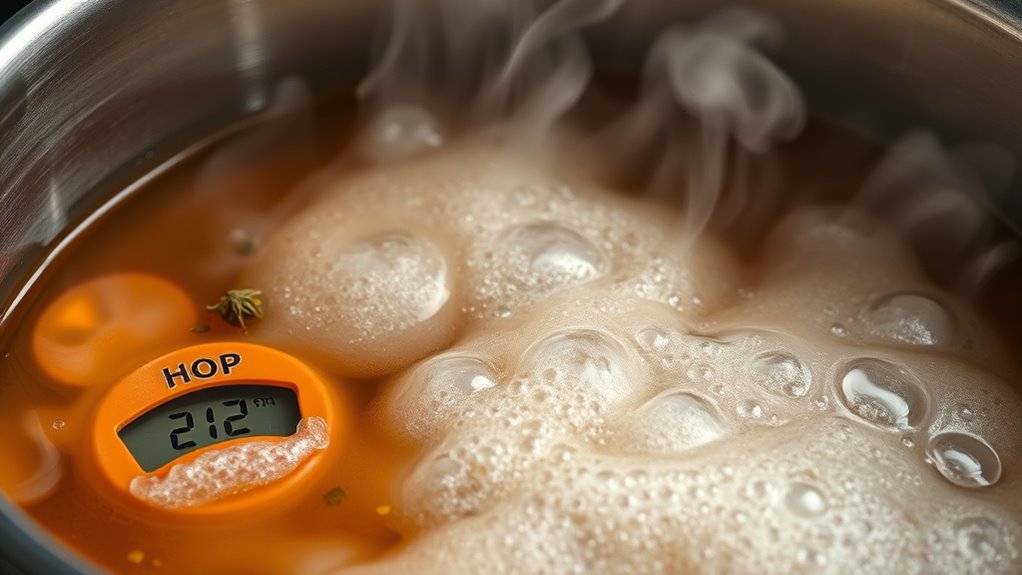
Inhibiting wild yeast growth is essential for successful homebrewing, and there are several effective techniques you can employ:
- Heating the must to 150°F for 10-15 minutes kills wild yeast and unwanted microbes.
- Using Campden Tablets releases sulfites, inhibiting wild yeast and bacteria before fermentation.
- Cold storage of fruit slows down yeast activity, preventing contamination.
- Lowering pH through acidification deters wild yeast, as they thrive in neutral environments.
Incorporating filtration techniques can also physically remove wild yeast particles, enhancing your brewing process and ensuring a cleaner fermentation that yields a better final product. Additionally, practicing proper sanitization methods is crucial to eliminate any potential contaminants from your equipment before brewing.
Monitoring and Managing Fermentation Conditions
Monitoring fermentation conditions is an essential part of successful homebrewing. Regularly track specific gravity and pH levels to assess yeast activity and detect any signs of wild yeast.
Maintain temperature control within the ideal range, as deviations can encourage wild yeast growth and disrupt fermentation progress. Look for visual indicators, like bubbling in airlocks and krausen formation, to confirm your chosen yeast strain is dominating.
Remember, proper sanitation of all equipment and surfaces is vital to minimize the risk of wild yeast infections. Additionally, tracking specific gravity during fermentation helps ensure that your yeast is performing optimally and can prevent wild yeast from taking hold.
Helpful Hints:
- Sample must weekly.
- Adjust temperature carefully.
- Clean thoroughly before use.
Utilizing Chemical Additives for Wild Yeast Control
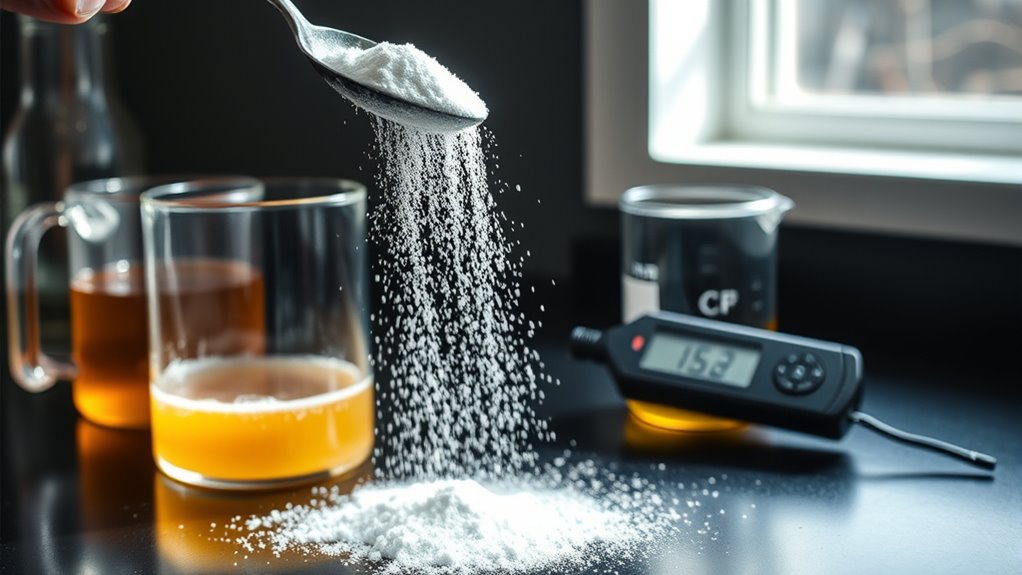
When brewing at home, utilizing chemical additives can be an essential step in controlling wild yeast and ensuring a successful fermentation. Campden Tablets, which contain potassium metabisulfite, release sulfites that inhibit wild yeast before fermentation begins. This method helps create a cleaner fermentation environment.
Utilizing Campden Tablets is crucial for controlling wild yeast and ensuring a successful fermentation in home brewing.
Consider these points:
- One Campden Tablet per gallon of must is standard.
- Allow 24 hours for sulfites to dissipate.
- Prevent off-flavors caused by wild yeast.
- Enhance wine stability and flavor consistency.
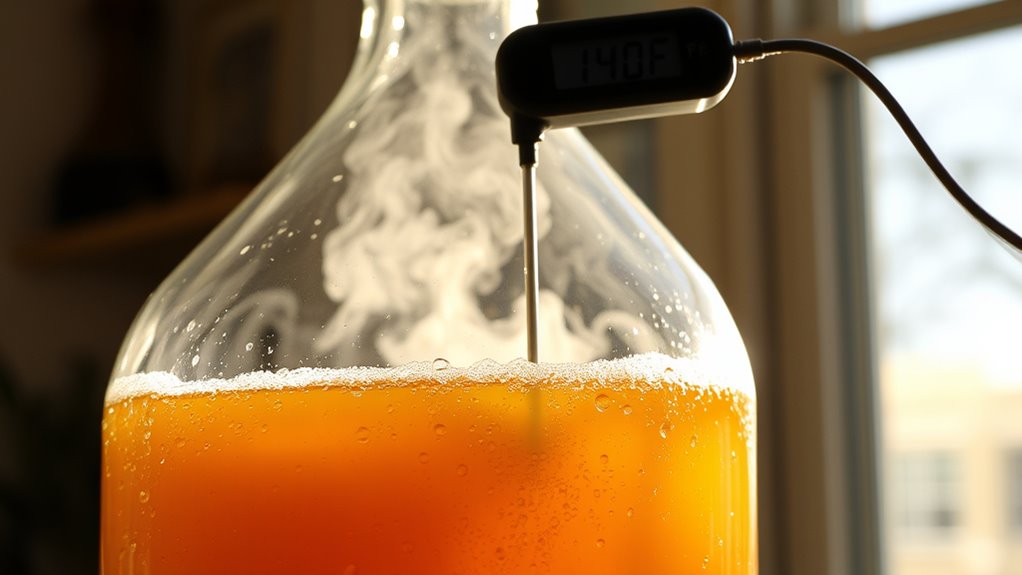
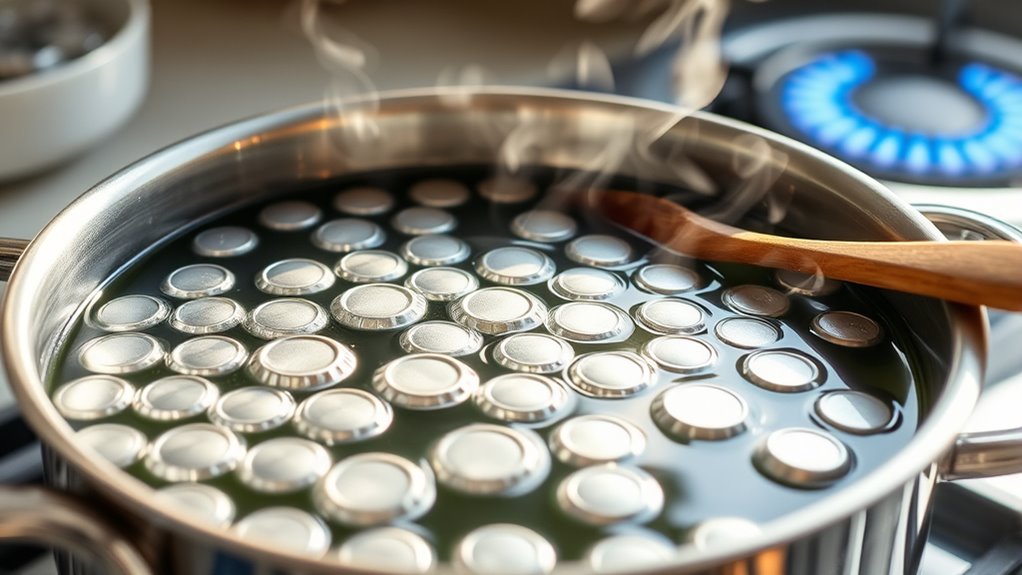
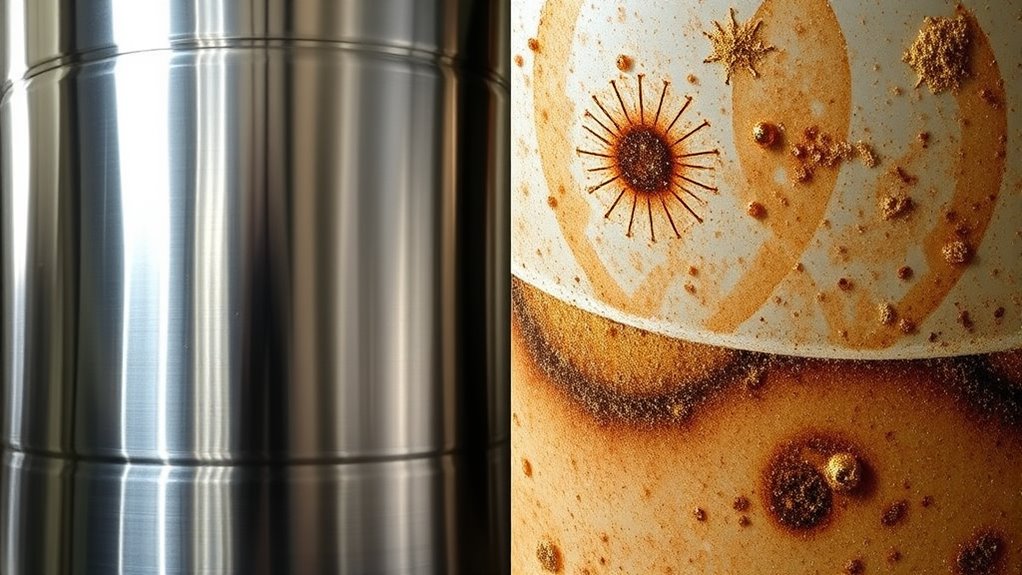
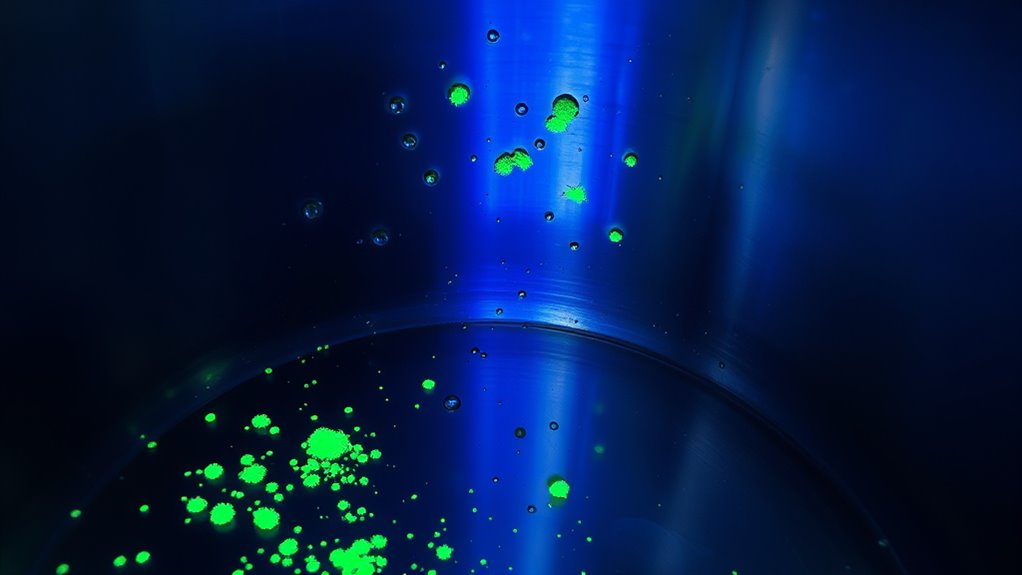
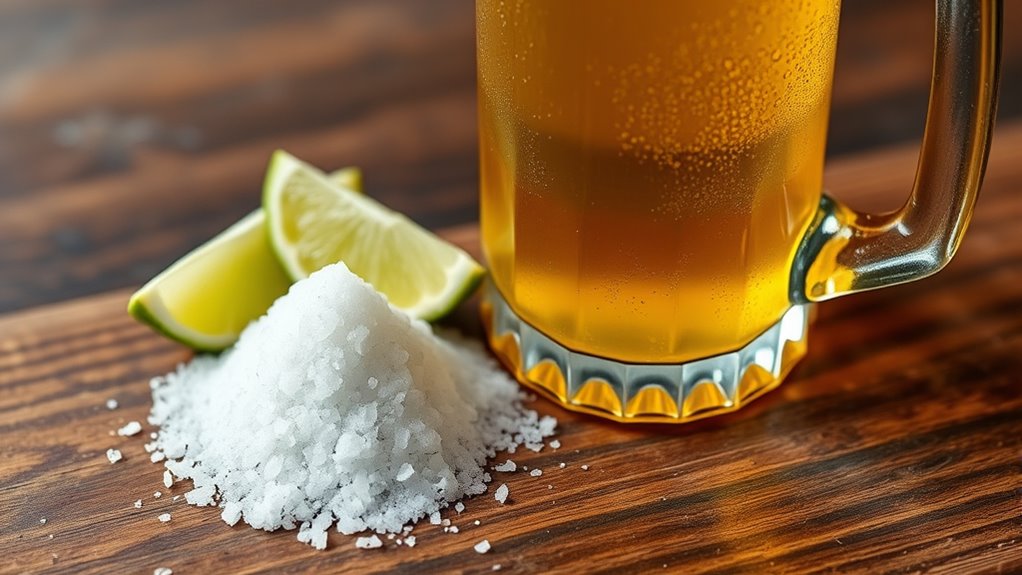

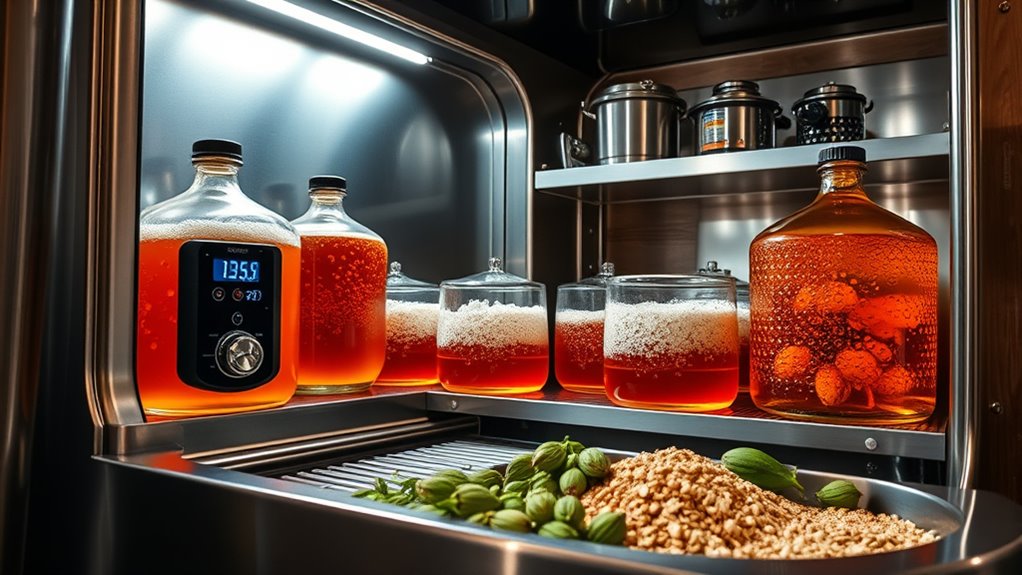
1 comment
Comments are closed.